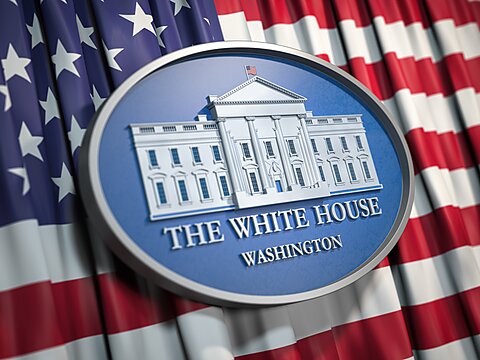New York Times columnist Paul Krugman says we shouldn’t obsess about the federal debt. If his is the best case for not worrying, perhaps we really should panic.
As John Arnold noted, Krugman’s argument is essentially three‐pronged. First, he notes that other countries have had similarly high or even higher debt levels before, including Britain after World War II. Second, he thinks stabilizing debt relative to gross domestic product (GDP) is economically simple—it “just” requires reducing the federal deficit by 2.1 percent of GDP every year (that’s about $600 billion right now). Third, he concludes that Republicans who express concern about the debt usually advocate tax cuts that worsen the debt outlook, so why should anyone else bother?
As Arnold noted dryly, “well, that alleviates my concerns”!
The case study of how Britain reduced its extraordinarily high post–World War II public debt (at 270 percent of GDP, falling to less than 50 percent by the mid‐1970s) alone shows why these points are of scant comfort. The federal government debt held by the public, at 99 percent of GDP today, is certainly lower than Britain’s was. Even on unchanged policies it is projected to rise to “only” 166 percent of GDP by 2054. Yet none of the conditions that saw Britain reduce its massive debt burden quickly and steadily apply to us now:
British public spending plummeted from 62.4 percent of GDP in 1944–45 to 39.6 percent of GDP in 1954–55 as the country demilitarized and spending then remained relatively stable compared to GDP for two decades afterwards; in contrast, US spending is projected to rise from 23.1 percent of GDP to 24.1 percent by 2034 and then further to 27.3 percent by 2054.
Britain’s politicians committed to balancing budgets, running large primary budget surpluses (i.e., surpluses excluding interest payments) for a near quarter of a century after the war ended that led to modest overall deficits (less than 1 percent of GDP) throughout that period; in contrast, the United States is running a 2.5 percent of GDP primary deficit today and has an extremely large and growing overall deficit (already above 5 percent of GDP) that will grow as debt costs rise with all this new borrowing.
Britain experienced reasonable economic growth in the three decades after World War II, with real GDP growth averaging 2.3 percent per year; in contrast, the Congressional Budget Office projects the headwinds of an aging population and slow trend productivity growth will see sustainable real GDP growth fall to 1.8 percent annually for the United States within a decade.
Britain saw some major bursts of damaging inflation immediately after World War II and then again in the 1970s that eroded the real value of government. In fact, inflation averaged 6.2 percent per year for the three decades after the war ended; in contrast, while the recent inflation alone may have eased the federal debt burden somewhat, the key long‐term drivers of debt—Social Security and Medicare—are inflation‐protected, meaning unexpected inflation won’t much help to ameliorate our debt path.
Britain used financial repression policies to help force government interest rates below inflation, meaning the government benefited from negative real interest rates for 24 of the 30 years after World War II; in contrast, American financial markets are more sophisticated, and although it’s unclear where borrowing costs will end up, real interest rates are positive right now.
In essence, we have been borrowing as if we’ve faced an existential war but have no prospect of the equivalent of demilitarization, or any of the other favorable conditions that allowed Britain to reduce its debt burden sustainably. In fact, we still face the risks of future unforeseen wars, pandemics, or other sharp economic downturns that could blow up debt further and precipitate the implicit or explicit debt crisis that Krugman dismisses.
All these fundamentals suggest that, to avoid ever‐escalating debt (which nobody thinks is sustainable), we are going to have to see substantive spending cuts or tax revenue rises. Krugman is relaxed that stabilizing the debt path through “just” $600 billion in deficit reduction today is achievable, but his own piece then argues against that premise. He believes that Republicans won’t raise taxes, but just this week even relative deficit hawk Rep. Ro Khanna (D‑CA) said he wouldn’t countenance any cuts to social spending to reduce deficits. In fact, House Democrats regularly introduce bills to increase old‐age entitlements.
So how, exactly, will the debt be defused? That seems to me a challenge worth obsessing about.
For more on the federal debt challenge, read “A Case for Federal Deficit Reduction.”




